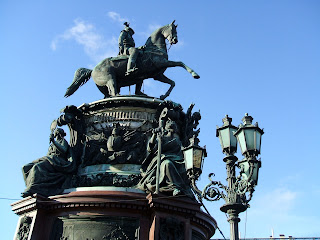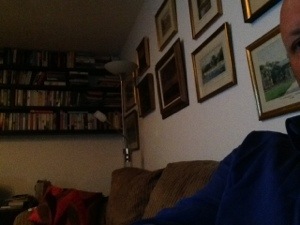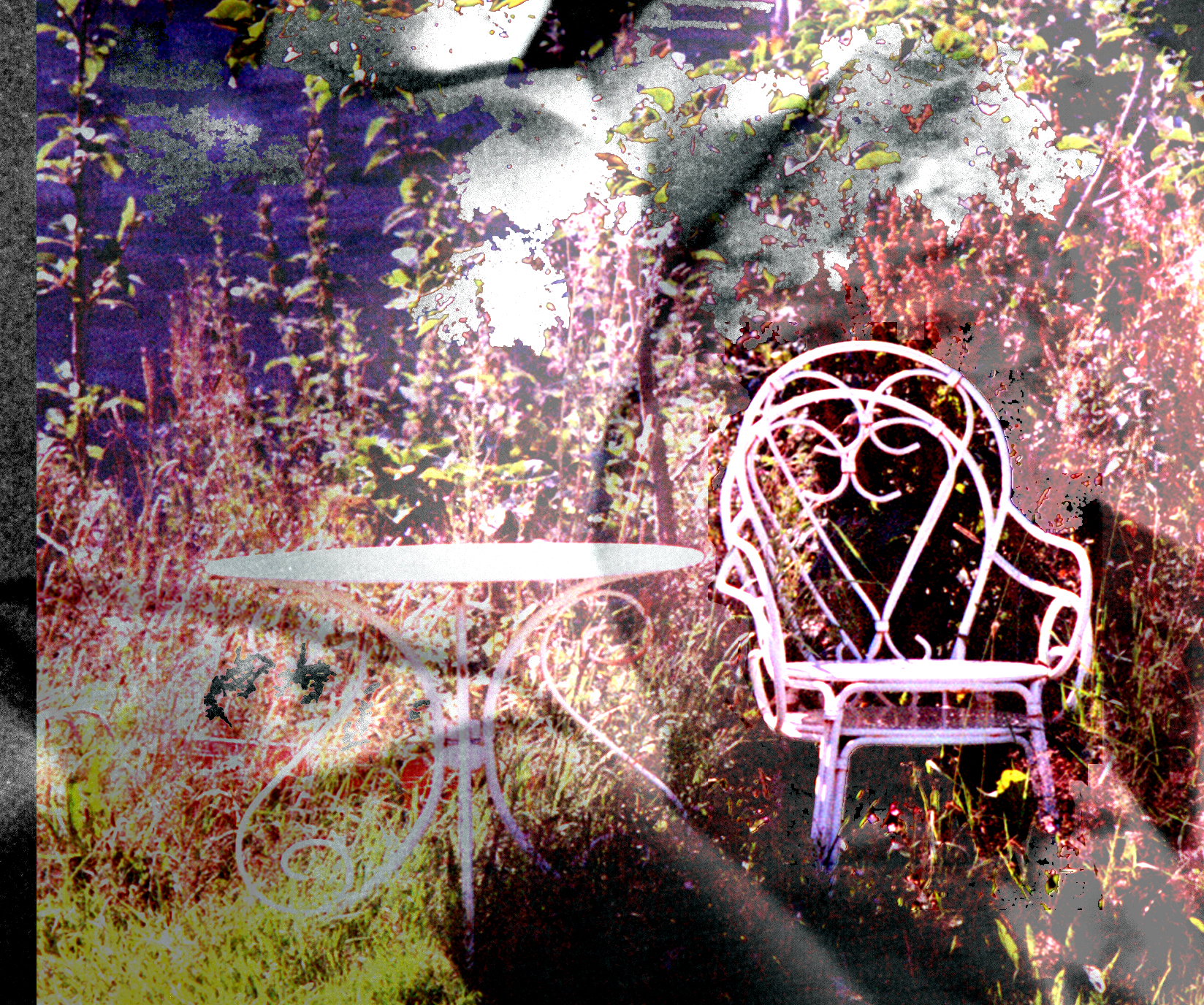After and during World War II art and artists were used as propaganda – they worked for or against Hitler, Stalin, Churchill etc.
The horrors of this global war were well documented in film, photography and words – the horror of the death camps, the executions and the spitting hatred that came out of the wartime leaders mouths…
Propaganda – only the winner is right
 After Stalingrad, the Nazis had to reposition themselves – defeat was not a real option but they were beaten in a war of attrition, the blitzkrieg tactics had finally failed, defeated by a long drawn out siege. After this Germany set themselves up as the sole defender of what they called “Western European Culture” against the “Bolshevist Hordes”, hoping the alliance would deflect their aggression towards Russia. The introduction of the V-1 and V-2 “vengeance weapons” was to further emphasize, to try and convince Briton and their allies that the defeat of Germany was hopeless.
After Stalingrad, the Nazis had to reposition themselves – defeat was not a real option but they were beaten in a war of attrition, the blitzkrieg tactics had finally failed, defeated by a long drawn out siege. After this Germany set themselves up as the sole defender of what they called “Western European Culture” against the “Bolshevist Hordes”, hoping the alliance would deflect their aggression towards Russia. The introduction of the V-1 and V-2 “vengeance weapons” was to further emphasize, to try and convince Briton and their allies that the defeat of Germany was hopeless.
The expectations of success were raised too high and further explanation was required to explain this lack of swift success. Blunders and failures caused mistrust and were quickly hushed up. The increasing hardship of the war for the German people moved the propaganda emphasis to one of claiming that the war had been forced on the German people by the refusal of foreign powers to accept their strength and independence. Goebbels called for propaganda to toughen up the German people and not make victory look easy.
Artist using propaganda as source material (maybe?):
The powerful contemporary images in newspapers, magazines, the cinema and on the radio were bound to filter into a creative mind. The apocalyptic nature of war would seep into your pores – you wouldn’t be an artist if these catastrophic events didn’t influence your creativity.
I wasn’t around during the Second World War but images from this period haunt me – the little Jewish girl waiting, behind barbed wire, to be marched to the death camp from the train, the dead old lady in the gutter of Stalingrad, people walking around her frozen body…
Francis Bacon and Nazi Propaganda – the book
There are books that bring new perspectives to painting and the lives / methodologies of artists. Unfortunately Francis Bacon and Nazi Propaganda brings nothing new to the party.
What is source material?
The work and times of Francis Bacon are well documented. The use and origins of Bacon’s source material are well-known, some of which are even preserved. This book is a shortcut, a narrow, tunnel visioned, easy access pass to the imagery that helped to inspire his art – a snapshot and lightweight introduction from a contemporary point of view.
This over emphasis on Nazi imagery is an attempt by the author to shock and imply a tenuous connection between Bacon and the Nazi regime. This book clouds the issue of how artists draw inspiration from the sources around them. These images of Nazi propaganda were (probably) simply metaphors for violence, death and persecution – had Hitler conquered Britain Bacon’s legacy would not exist. They still are powerful photographic and graphic images that send a shudder down your spine but they were only a part of Bacon’s bigger picture.
Does one methodology fit all? – painting is more complicated than that.
It would make more sense to see some of the imagery for yourself. BOZAR fine arts museum in Brussels has an exhibition of Bacon bits. The contents from his studio are part of a show running until May 2013. “Changing States: Contemporary Irish Art & Francis Bacon’s Studio”includes photographs of friends and lovers, medical books, wildlife and sport are jumbled together with classical references and artists monographs as well as unfinished paintings.
The Gilded Gutter Life of Francis Bacon
The paintings of Francis Bacon have always stood out in the crowded museums and galleries that are stuffed full of mediocre British paintings. Daniel Farson gives a personal view of his (if only in his own mind) ‘friend’s’ chaotic debauched life.
In 1962, Farson made a documentary for Associated-Rediffusion about pub entertainment in the East End of London where he lived, called Time Gentlemen Please (this led directly to the company’s later series Stars and Garters, with which Farson was not personally involved). Soon after this he bought a pub, The Waterman’s Arms, in the East End with the explicit intent of reviving old-time music hall, but this failed. By the end of 1964 he had resigned from Associated-Rediffusion (by then renamed Rediffusion London) keeping a lower public profile for the rest of his life. He moved from London to live in his parents’ house in Devon, but continued to visit the pubs and drinking clubs of London’s Soho on a regular basis… Continue reading














 Marek Laczynski was born in Warsaw. He was a partisan in WWII, while still in his teens. He left Poland after the Warsaw uprising in 1944, arriving in England with the Polish forces in 1946. He studied art at Borough Polytechnic and the Central School of Arts and Crafts. Marek Laczynski exhibited at the Grabowski Gallery, London, in 1960 and 1964. From 1964-1985 Marek Laczynski was Lecturer in Experimental Printmaking at Exeter College of Art and Design. Besides teaching at the college, Laczynski also published two books with the School of Printing’s private press imprint Bartholomew Books, The Wizard with his Pupil (1972), illustrated with original etchings, and Faces of Fear (1974), his own poems with reproduced etchings reminiscent of Fautrier’s Ôtages. Laczynski exhibited at Market Print Gallery, Exeter, in 1978. In 1981 he was one of ten artists who contributed prints to the Printmakers Council Portfolio, alongside Anthony Gross,
Marek Laczynski was born in Warsaw. He was a partisan in WWII, while still in his teens. He left Poland after the Warsaw uprising in 1944, arriving in England with the Polish forces in 1946. He studied art at Borough Polytechnic and the Central School of Arts and Crafts. Marek Laczynski exhibited at the Grabowski Gallery, London, in 1960 and 1964. From 1964-1985 Marek Laczynski was Lecturer in Experimental Printmaking at Exeter College of Art and Design. Besides teaching at the college, Laczynski also published two books with the School of Printing’s private press imprint Bartholomew Books, The Wizard with his Pupil (1972), illustrated with original etchings, and Faces of Fear (1974), his own poems with reproduced etchings reminiscent of Fautrier’s Ôtages. Laczynski exhibited at Market Print Gallery, Exeter, in 1978. In 1981 he was one of ten artists who contributed prints to the Printmakers Council Portfolio, alongside Anthony Gross, 



